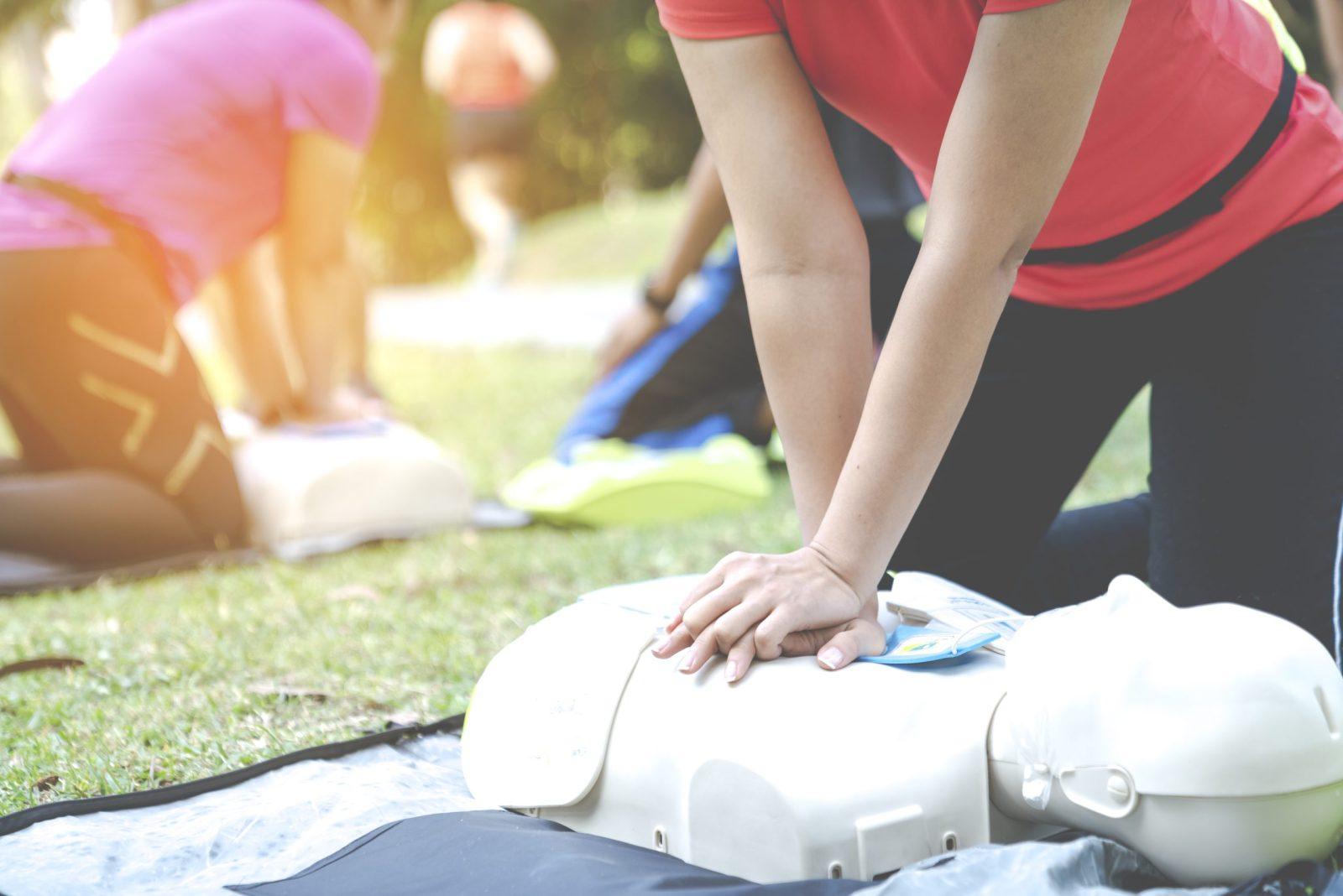The following CPR Refresher Course educates healthcare providers (HCP) on the basic principles of CPR. CPR (cardio-pulmonary resuscitation) is a technique used to keep victims of sudden cardiac arrest and other emergencies, alive and to prevent brain damage until more advanced medical professionals arrive. This is a skill that is valuable across all fields and especially important to know in your medical facility.
What you will learn:
- Recent CPR guidelines
- Proper use of AEDs
- Recognizing airway obstructions
- Steps to take in CPR situations
- Signs of cardiac arrest
- How to deliver high-quality chest compressions
Details
Course length: 1 hour and 15 minutes. CME: 1.25
Languages: American English
Key features: Audio narration, learning activity, and post-assessment.
American Medical Compliance is accredited by the Accreditation Council for Continuing Medical Education (ACCME) to provide continuing education to physicians. Our Continuing Medical Education (CME) program is committed to enhancing the knowledge, skills, and professional performance of healthcare providers to improve healthcare outcomes. Through high-quality educational activities, we aim to address the identified educational gaps to support the continuous professional development of our medical community. American Medical Compliance designates this activity for a maximum of 1.25 AMA PRA Category 1 Credits. Physicians should only claim this credit for their complete participation in this activity.
Get Certified
American Medical Compliance (AMC) is a leader in the industry for compliance, Billing, and HR solutions. To become certified, please visit us at American Medical Compliance (AMC).
Reach out for other courses by visiting the AMC Course Library.
The Goal: Keep Oxygen Flowing
CPR’s purpose is to keep oxygen in and out of the lungs, as well as oxygenated blood circulating throughout the body. This will slow tissue death. To keep tissues alive and functional, oxygen-rich blood must circulate throughout the body. After around 4 minutes of no blood flow, brain damage may take place. After 7 minutes of no blood flow, the brain suffers irreparable damage. Chest compressions should be initiated within 6 minutes of a person experiencing a sudden cardiac arrest.
Although CPR is a life-saving technique, it can lead to complications. Common consequences include
- Fractures to the ribs and sternum
- Bleeding in the chest
- Bruising in the heart
- Damage to the lungs
These issues are often controllable and should not prevent anyone from administering CPR. Though performing CPR on someone who does not require it can be uncomfortable, only approximately 2% of those who receive it sustain any type of injury.
If your practice needs a refresher on the facts and process of CPR, click the button below.



